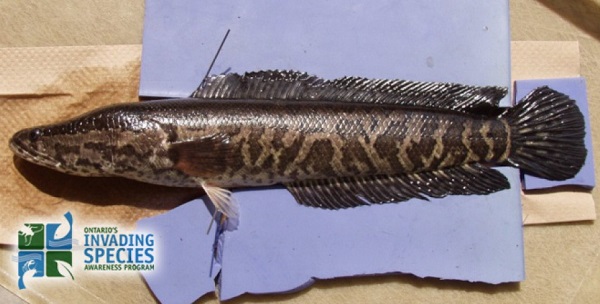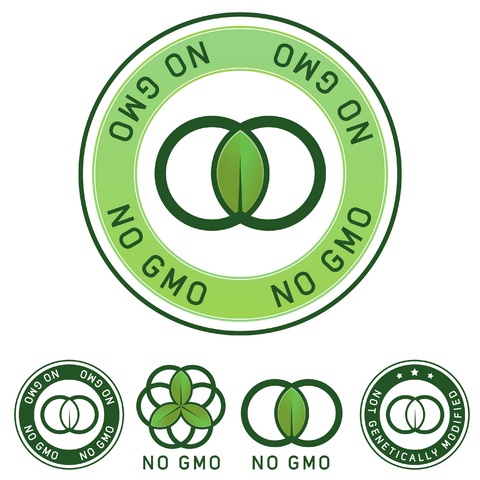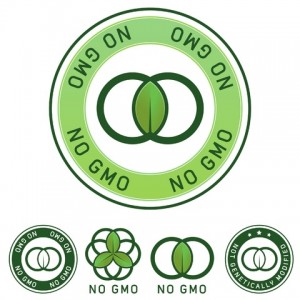
A Chatham man has been fined $2,000 for illegal possession of snakehead fish. Yung-Chieh Liu pleaded guilty to illegally possessing live invasive fish. In addition to the fine, two snakehead fish were also forfeited to the Crown.
Justice of the Peace Malcolm Rogers heard the case in the Ontario Court of Justice, Blenheim, on April 17, 2013.
The Ministry of Natural Resources reminds residents that it is against the law to have certain invasive species in your possession, because they pose a serious threat to native species and ecosystems.
“The Northern Snakehead might enjoy life in Canada, but it would not be welcome here. This fish, native to eastern Asia, has invaded parts of the United States, where it threatens to disrupt ecosystems and native fish species unaccustomed to its presence. Scientists at Fisheries and Oceans Canada (DFO) want to stop the snakehead from establishing a base in Canadian waters – and building a strong defence is the key to success.
The risk posed by snakeheads is very real. Several of the 36 species have a long history of invasions, and are very hardy. They can even live out of the water for a time – to pursue their prey or find a new home if the former one dries up. They survive winter under the ice of northern lakes; some have even recovered from being frozen! The Northern Snakehead, in particular, thrives on conditions that are similar to many Canadian waters. It is a voracious predator, and it grows rapidly to an adult length of 1.5 metres or more.
In their native waters, some snakehead species are fished for food or used for aquaculture. Many are exported to other countries where they may be sold live in food markets and pet shops. Scientists believe that the Northern Snakeheads found in lakes in some US cities may have originated from food markets. Some may have been released to the wild in an ill-advised attempt at fish stocking or because they were no longer wanted as pets.” Department of Fisheries and Oceans Canada

For further information about fishing regulations, please consult the 2013 Recreational Fishing Regulations Summary, available at ServiceOntario/Government Information Centres, licence issuers and at ontario.ca/fishing.
To report a natural resources violation, call 1-877-TIPS-MNR (847-7667) toll-free any time or contact your local ministry office during regular business hours. You can also call Crime Stoppers anonymously at 1-800-222-TIPS (8477).


